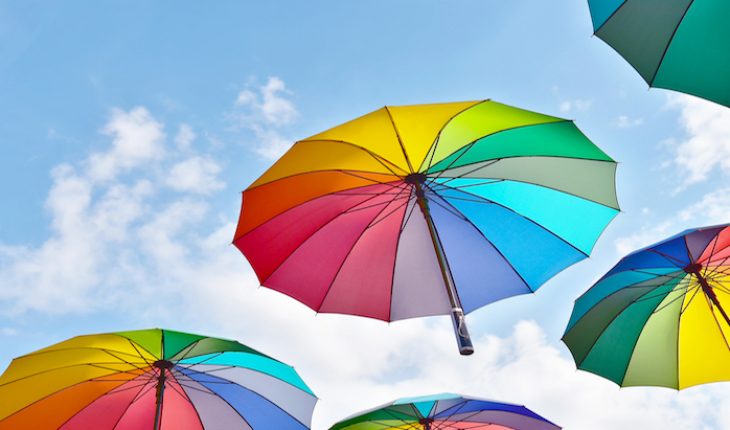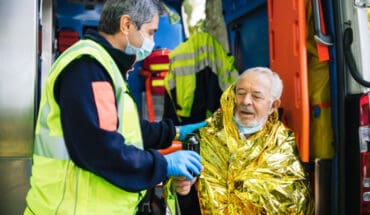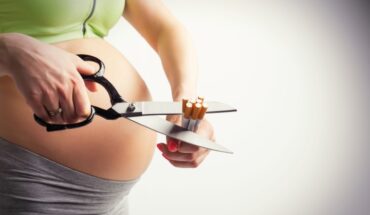This week (4-10 May) is Sun Awareness Week, which encourages people to regularly self-examine for signs of skin cancer and teaches everyone about the dangers of sunburn and excessive tanning.
During the Covid-19 lockdown, the awareness week will share advice on sun protection and vitamin D to help people enjoy the sun safely throughout these difficult times. Go to https://www.bad.org.uk//for-the-public/sun-awareness-campagin for more information.
Sun Awareness Week is organised by supporter of Institution of Occupational Safety and Health’s (IOSH) award-winning No Time to Lose (NTTL) campaign the British Association of Dermatologists, a charity that practices teaching, training and research of dermatology.
Worldwide, non-melanoma skin cancer is the most frequently diagnosed cancer, with an estimated 2-3 million cases registered every year.
Protect yourself and your employees from harmful ultraviolet radiation from the sun when outdoors, whether at work or play. Follow these steps:
- Check the UV index from the weather forecast. If the index is at three or above, then inform relevant workers and ensure protective measures are in place to minimise exposure.
- Avoid or minimise exposure to direct sunlight in the middle part of the day – 60 per cent of daily UV radiation occurs between 10:00 and 14:00.
- Regularly swap job tasks between workers to make sure everyone on the team can spend some time in the shade.
- Use heavy-duty cover or shade when working outdoors in the sun – shade can cut UV exposure by 50 per cent or more. Check protection levels with your supplier, and make sure rest breaks are taken in shaded areas or indoors.
- Add UV protective films or tints to plain-glass vehicle windows if employees are regularly driving during high UV months.
- Raise awareness of solar radiation issues with workers by using the free NTTL resources. You’ll find everything from toolbox talks, real-life stories and films.
- Wear long-sleeved, loose-fitting tops and trousers when working outdoors during months with high UV levels – you’ll need to check the ultraviolet protection factor (UPF) rating and make sure the design of the clothing fits the job and doesn’t introduce other hazards. ‘High wicking’ fabrics are designed to draw moisture away from the skin.
- Wear wide-brimmed hats that shade the face, head, ears and neck or if safety helmets are worn, use those fitted with Legionnaire-style neck flaps.
- Wear sunglasses with 100 per cent UV protection or use UV-filtering safety goggles if the work means eye protection is needed. Look for the ‘UV 400’ marking.
- Use high-factor sunscreen on skin that can’t be protected by other measures, for example, on the hands, face and lips. Sunscreen should be water-resistant and have ‘broad spectrum’ protection, with a sun protection factor (SPF) of at least 30 and a UVA rating of four or five stars. Sunscreen should only be used alongside other protective measures – it’s best not to rely on sunscreen alone.
- Sunscreen should be applied half an hour before exposure and reapplied at least every couple of hours. If skin has been exposed to dusts, it should be washed before sunscreen is reapplied, to avoid causing dermatitis.
- Encourage workers to check their skin for changes to moles or other changes. Detecting the early signs of skin cancer and undergoing early treatment can save lives.
- You should also check whether any workers could be suffering from photosensitivity, where eyes and skin become abnormally sensitive to UV radiation. Photosensitivity can be caused by a range of substances including some industrial chemicals, plants and medication.
Mary Ogungbeje, OSH Research Manager at IOSH, said:
“To get your body to create vitamin D, you need to be out safely in the sun daily, and how long for will depend on a few factors, such as your skin colour.”
“As many of us are staying at home more during the Covid-19 lockdown, it’s important to look at what you eat and consider vitamin D rich foods such as mushrooms, oily fish, and fortified cereals and dairy products. Taking vitamin D dietary supplement can be another source of intake.”
Read our research on sun safety at work and vitamin D sufficiency.
This article was first published on the Working Together To Beat Occupational Cancer Campaign site
- Polio conquered by vaccines (1955) - 28th November 2025
- Patients on trolleys in Emergency Department corridors have been forgotten - 28th November 2025
- HPV vaccination reduces pregnancy complications - 28th November 2025







